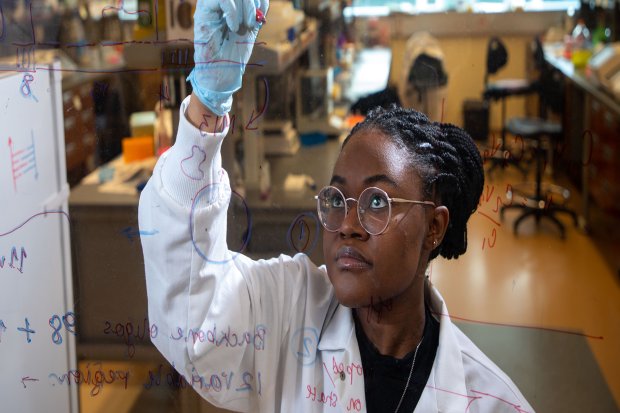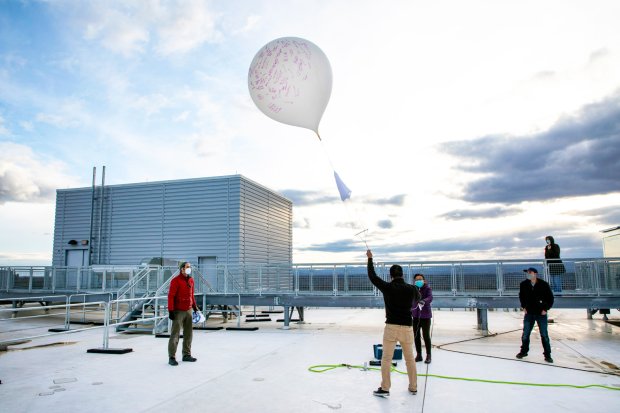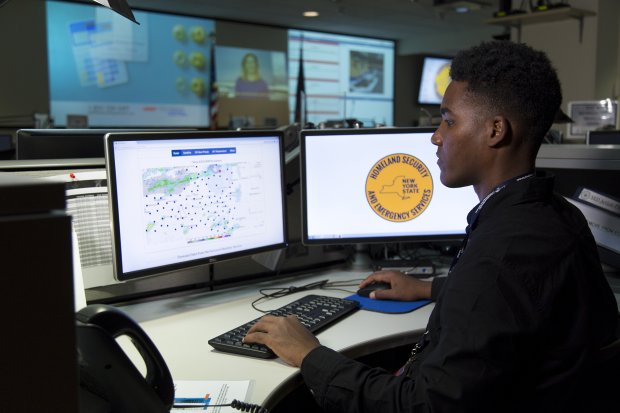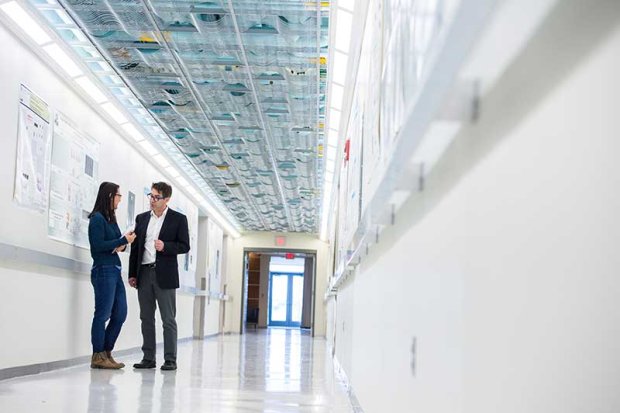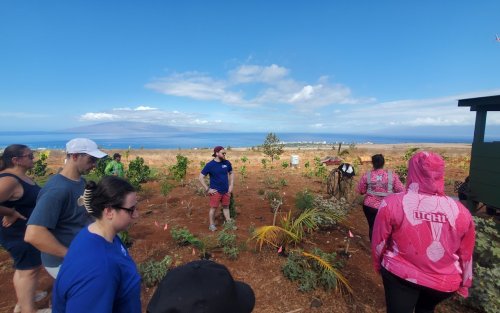-
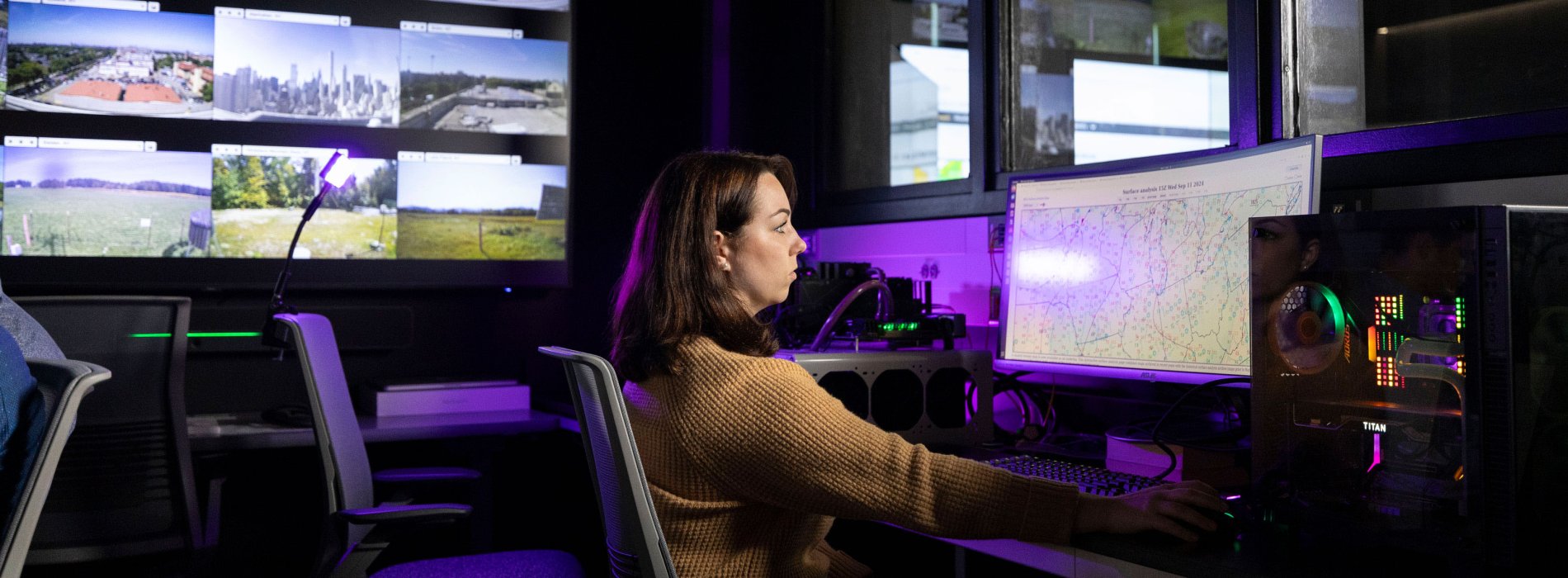
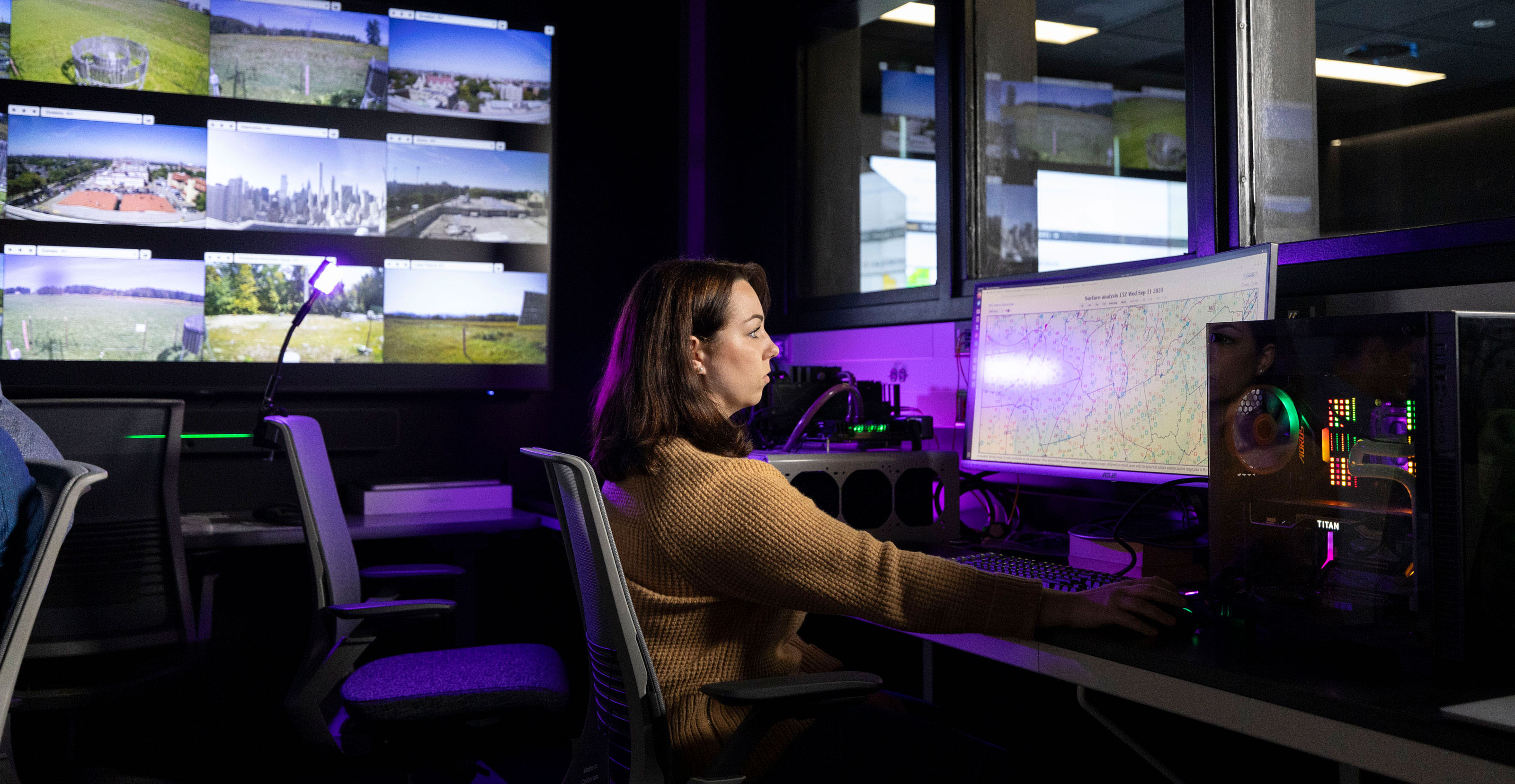
Division for Research & Economic Development
-
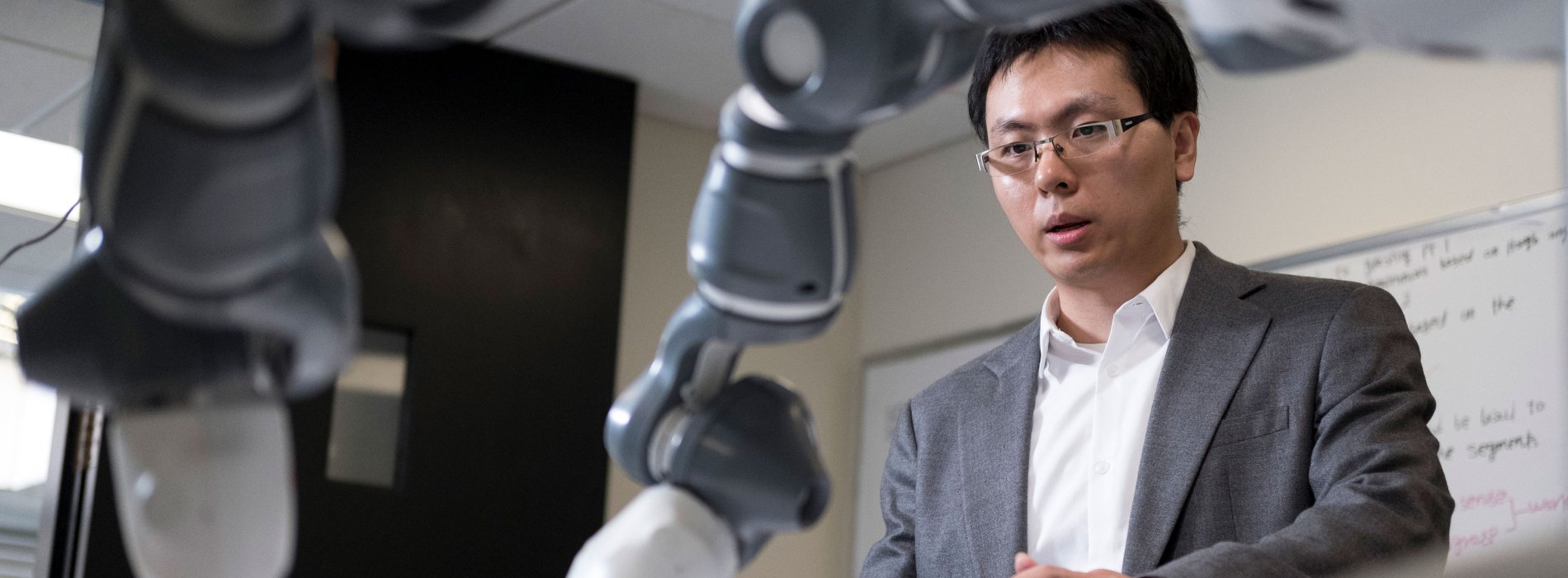
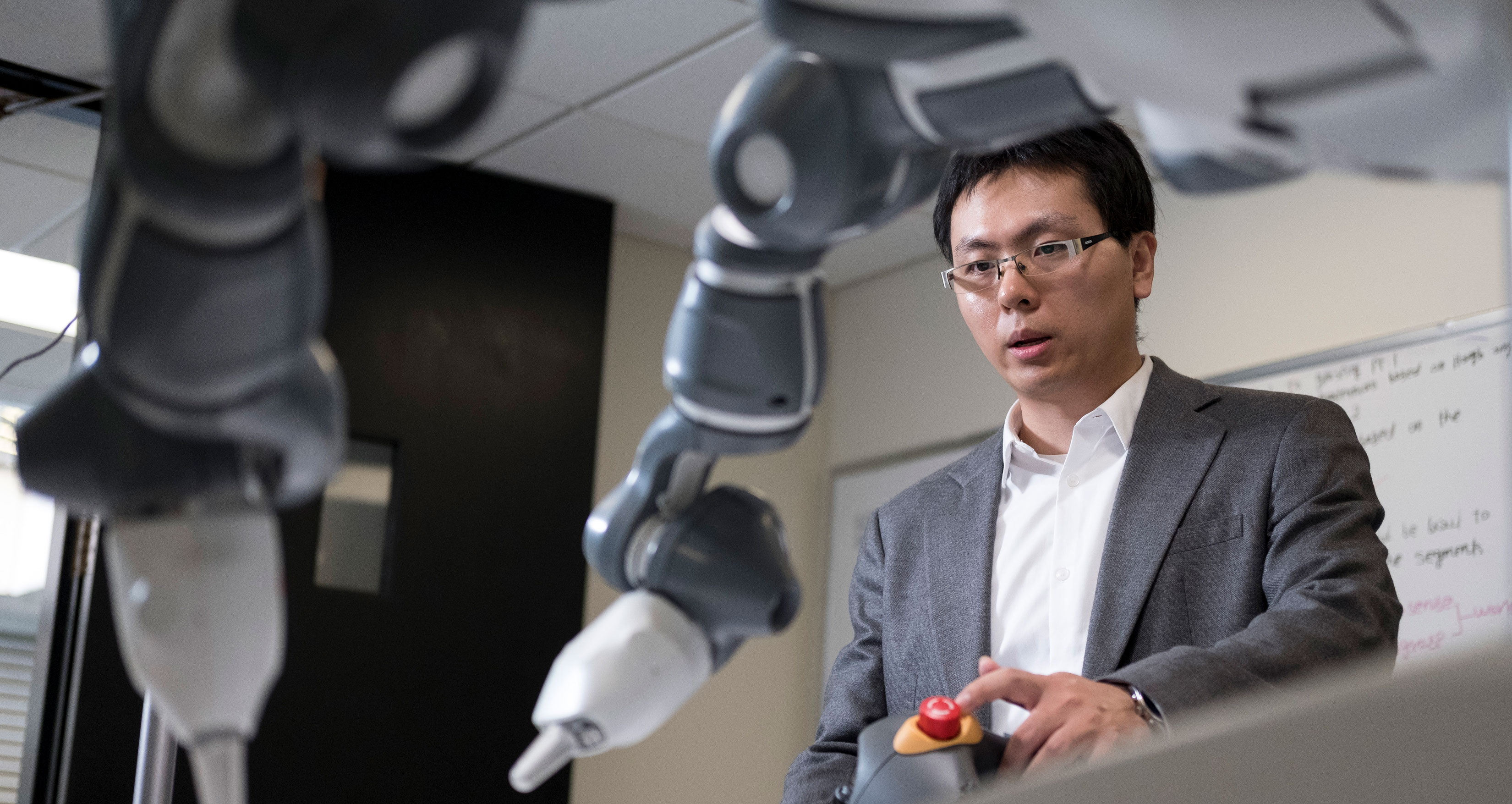
Division for Research & Economic Development
-
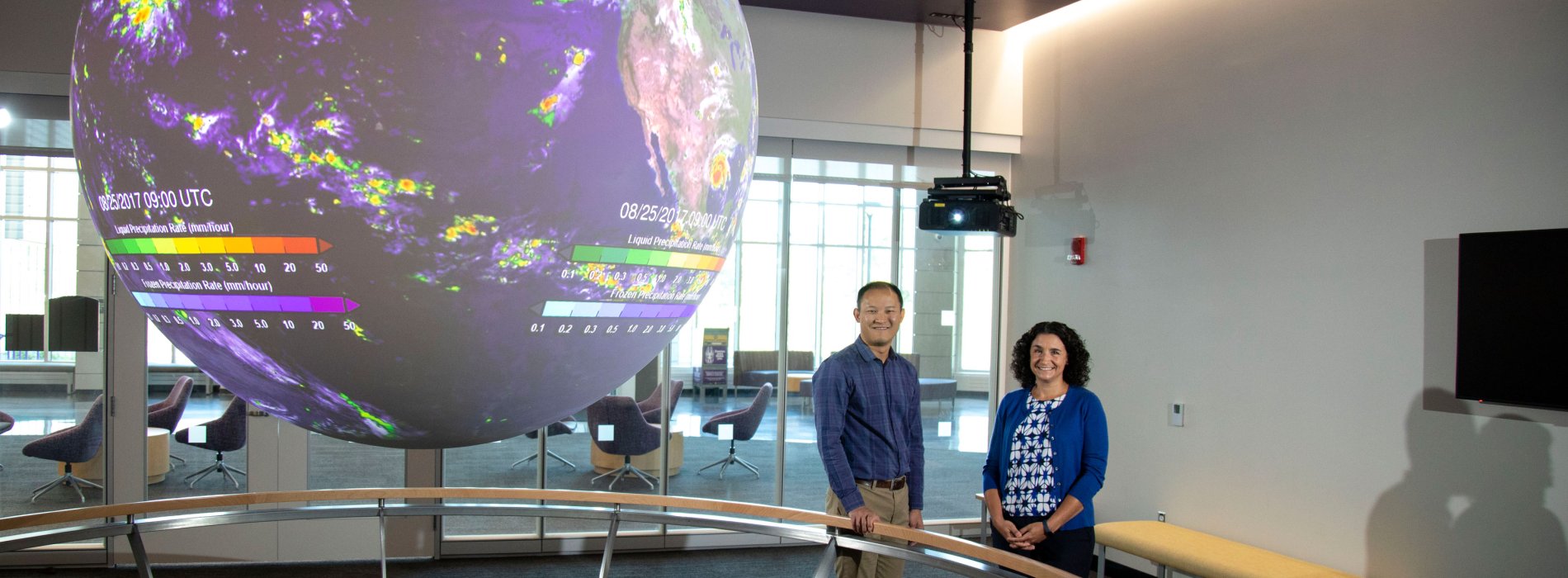
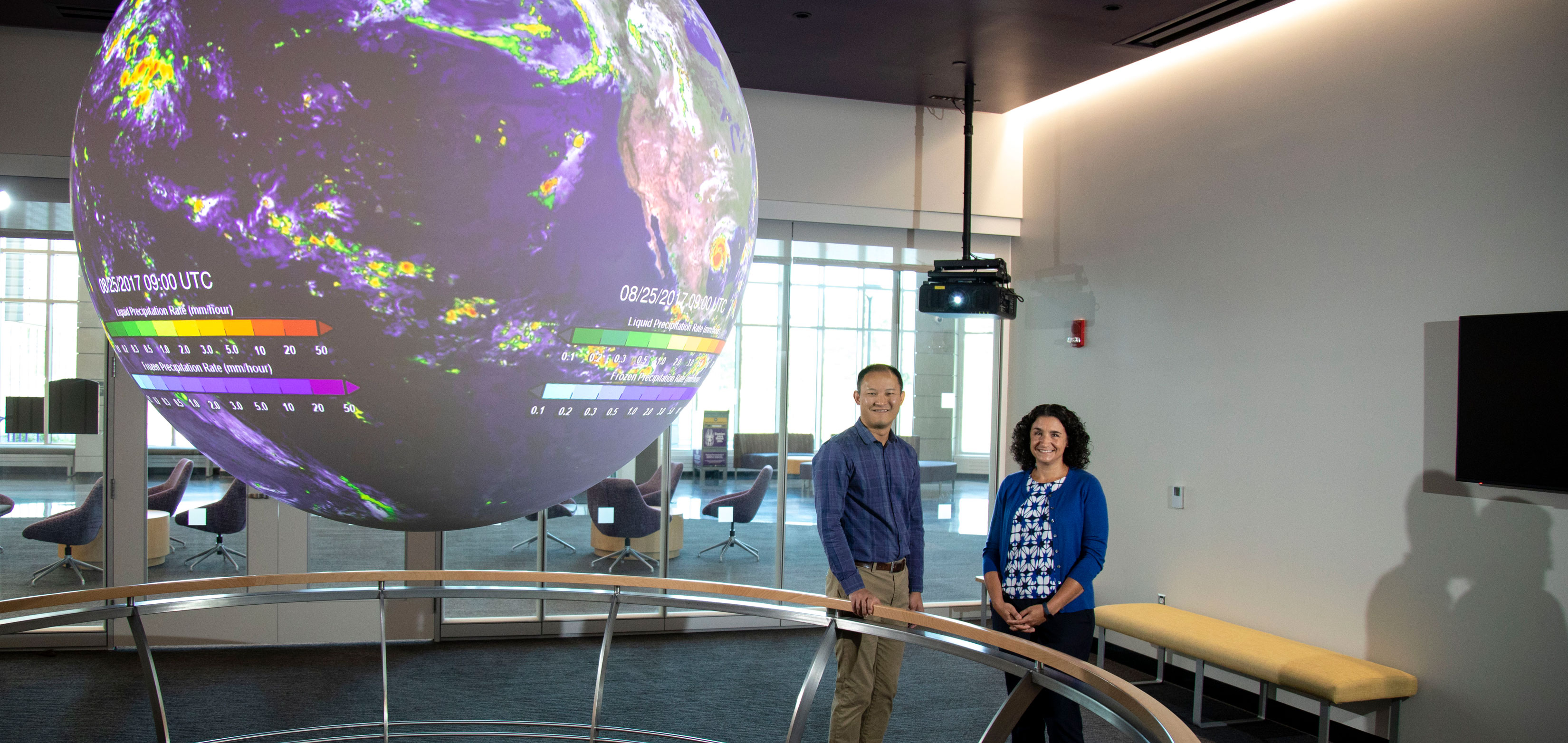
Division for Research & Economic Development
-
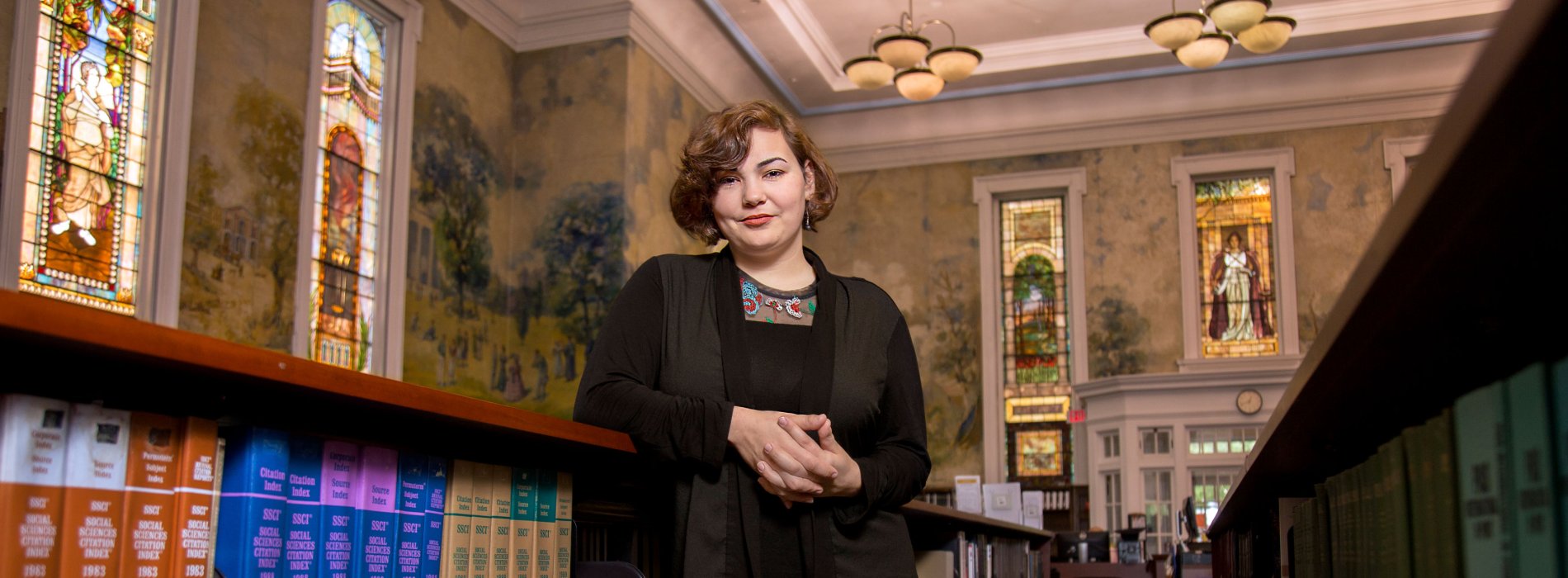
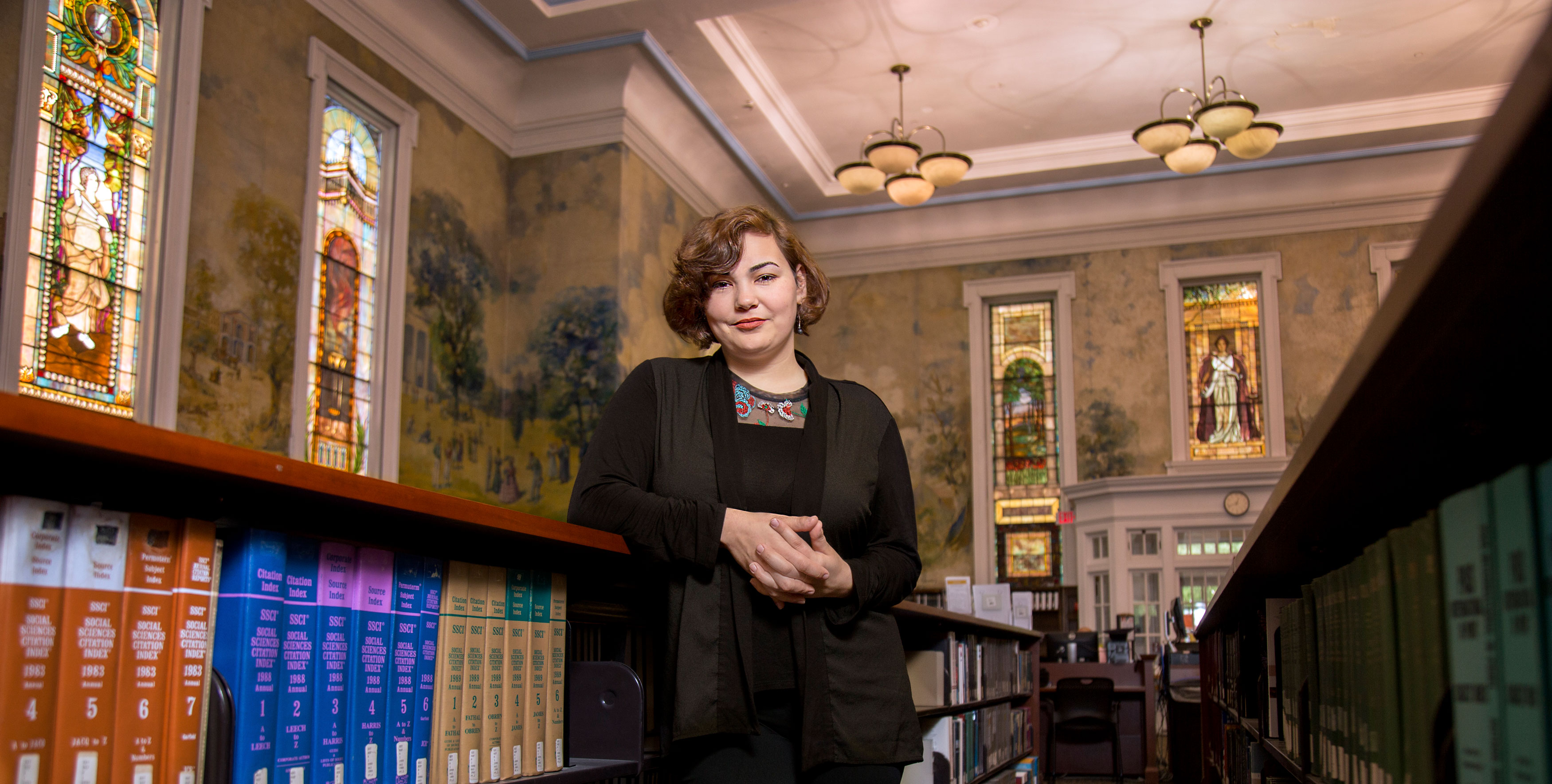
Division for Research & Economic Development
UAlbany researchers at the RNA Institute are fighting muscular dystrophy with a $2.5M NIH grant, studying gum disease with a $2.3M NIH grant and won an NSF award for COVID-19 research. The Cancer Research Center has been awarded a $1.7M grant from the National Cancer Institute to study the role of nutrition in breast cancer. And the College of Integrated Health Sciences' decades-long partnership with the New York State Department of Health fosters collaborative, much needed research that benefits local communities.



